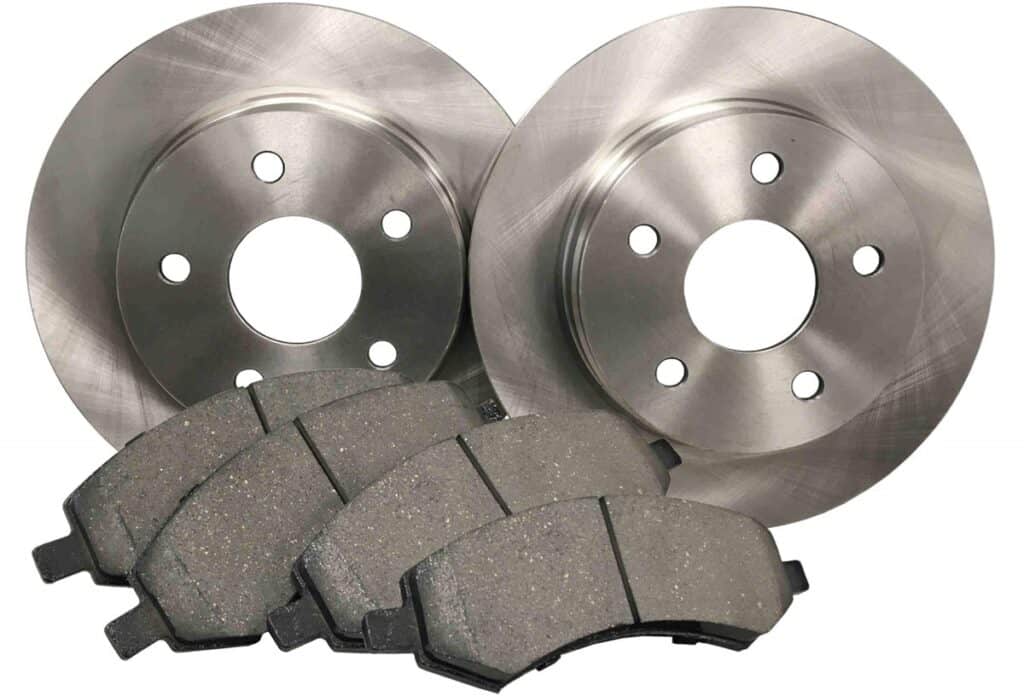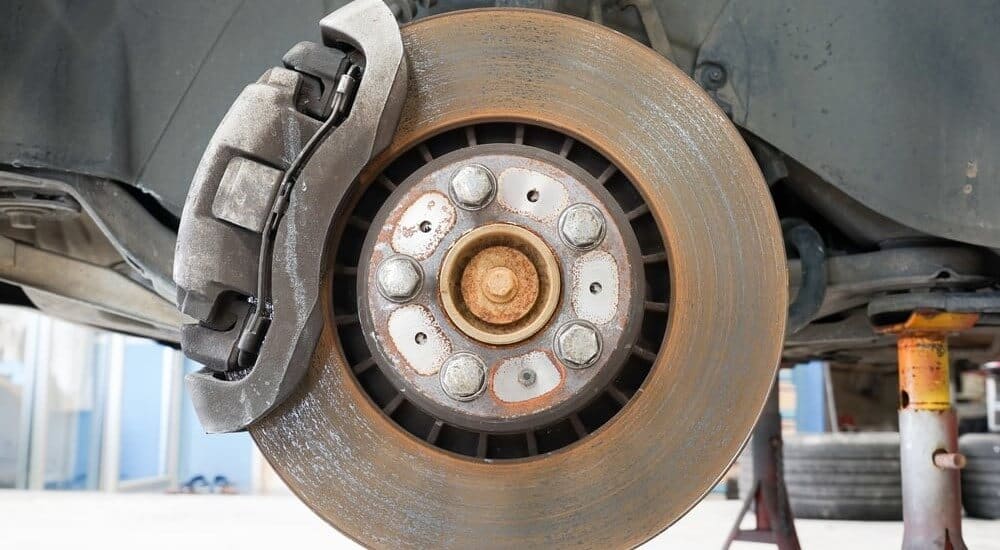Promptly detecting braking problems and addressing them is key to safe motoring. Over time, brake pads and rotors will wear and need to be replaced. With plenty of conflicting advice, it’s probably difficult to tell when your braking components are due for a change. For brake pads, you ideally want to schedule a replacement service every 10,000 to 20,000 miles. And brake rotors should follow suit every 50,000 to 70,000 miles. Your safest guideline would be that provided by your manufacturer, so ensure to look up your user manual. Your driving style and road terrain would also factor into how early you pull up for a brake pad or rotor replacement service. In any case, you often don’t have to replace both rotors and pads simultaneously. But you might need to do that for the following reasons.
Cost
It’s to your financial advantage if you go for both brake pads and rotors replacement service. Why? Because it takes time for your mechanic to access, remove and install new brake pads and rotors. And since the brake rotors are located behind the pads, it takes lesser time, and thus lower labor cost, to get both parts replaced at the same time than would be required if you were to replace them at different times.

As a matter of fact, you might easily end up saving a few hundred dollars if you concurrently replace your rotors and brakes. One thing to keep in mind, though, is that your brake pads tend to wear faster, and thus need to be replaced earlier, than the rotors. Since buying good quality rotors for the four wheels can cost nearly a thousand dollars, you might as well save more money replacing them at different times.
To solve this dilemma, some fancy changing rotors every other time the brake pads are replaced. But this rarely makes a good decision since braking components wear at different rates depending on factors like driving style and environment. Your manufacturer’s recommendations work better, but are also subject to the aforementioned factors. And so having an expert mechanic inspect your braking components sounds just ideal. This way, you’re sure to know what parts are in good shape and which ones need to be replaced at any point in time.
Sticking old parts to new ones
As stated earlier, rotors last longer and would typically be replaced after replacing your brake pad a few times. It rarely occurs that both parts need to be replaced at the same time. However, if you regularly take on rough driving conditions or expose rotors to extensive wear, they might also need to be replaced when you go for new brake pads.
If your brake pads are worn, replacing them promptly will put off early need for new rotors, and thus less maintenance spend on your car. While rotors might appear good, you want an expert mechanic to confirm they’d work fine with new brake pads, since sticking old hardware to new ones could affect your car’s performance. A mechanic will check for uneven brake pad wear and verify if the calipers are in good shape before sticking new brakes to existing rotors.

OEM vs Aftermarket parts
Your choice of OEM or Aftermarket parts would also determine whether or not both rotors and pads need to be replaced at the same time. OEM parts are perfectly fine if they are used with an existing OEM part. So you don’t have to worry about quality or minor mismatches that could affect braking operation if you stick new OEM brake pads to existing, well functional OEM rotors.
On the other hand, if you go the aftermarket route, you’d be safer getting both parts. Why? Because your new parts (brake pads in this case) don’t work perfectly with existing OEM rotors, and the opposite holds true. You might end up cashing in on a softer, or harder, brake pad material than your OEM rotors are designed to work with, resulting in faster wear on the new pads or existing rotors.
For superior braking performance, you ultimately want to get your rotors changed if you can. You might as well wait till your mechanic advises replacement if that works better. In any case, always ensure to keep track of your car’s safety systems. This way, you stay clear of avoidable risks and extensive damage that may warrant costly repairs in the long run.
